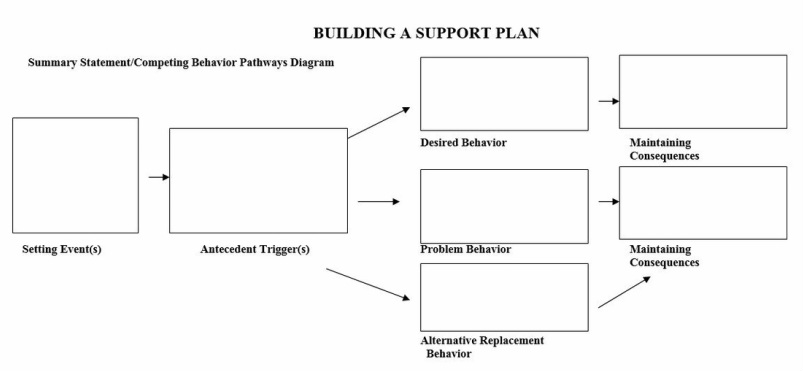Tier 3
Intensive Supports (few students)
Tier 3 Interventions are most effective when there are positive Tier 1(school-wide) and Tier 2 systems in place. In addition, the design and implementation of individualized supports are best executed when they are conducted in a comprehensive and collaborative manner. The process should include the individual with social emotional challenges and people who know him/her best all working together to promote positive change. Support should be tailored to specific needs and circumstances. It should involve a comprehensive approach to understanding and intervening, and should use multi-element interventions. The goal of Tier 3 Prevention is to diminish problem behavior and, also, to increase the student's adaptive skills and opportunities for an enhanced quality of life.
Common Components of Tier 3 Supports:
1) Guidance or instruction for the student to use new skills as a replacement for problem behaviors
2) Some rearrangement of the antecedent environment so that problems can be prevented and desirable behaviors can be encouraged
3) Procedures for monitoring, evaluating, and reassessing of the plan as necessary
4) In some cases, the plan may also include emergency procedures to ensure safety and rapid de-escalation of severe episodes
http://www.pbis.org/school/tertiary-level
Competing Pathways
Identifying the problem behavior, triggers, maintaining consequences and setting events is the first step to creating a plan for a student.

An Alternative Replacement Behavior must have the same maintaining consequence as the Problem Behavior, but easier or more efficient. For example, tearing up papers or arguing results in work avoidance. The Replacement Behavior asking for a break also results in work avoidance, but is much easier. This makes the Problem Behavior irrelevant and inefficient.
